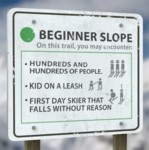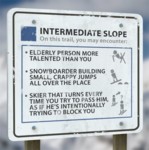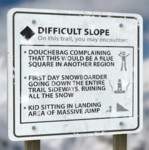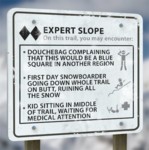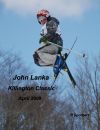For me, this raises more questions than it answers.At 10:30AM, one lift mechanic arrived at Tower 8 and another arrived at the bottom terminal of Spillway East. Working in tandem, the mechanic at the bottom terminal of Spillway East communicated with the mechanic on Tower 8 while he made an adjustment to the sheave train per Sugarloaf’s operating and maintenance procedures. The lift was slowly started to enable the cable to settle back into the correct location on the sheaves.
The realignment effort was unsuccessful. The mechanics repeated the procedure, again unsuccessfully. The mechanic on Tower 8 determined that it would be inappropriate to run the chair at normal operating speed and the lift should be closed.

Thinking about what a sheave train wheel looks like in cross section, it doesn't make sense that the whole assembly would have the cable not lie in the center groove. It would not be stable outside of the groove. (Wouldn't the cable be able to bend 1/4 inch or so laterallly over the several hundred feet between towers?) The only way this makes any sense is if the sheave train was not in alignment with itself, and the cable was centered in most of the wheels, but not in a few of the wheels. If that was the case, I really don't understand how safety procedures for the lift would ever be allowed to restart with such a misaligned sheave train. And if somehow the entire sheave train had the cable out of the groove, I'd think you'd be even less safe restarting the lift.
I also don't understand the wind was a factor comment. My understanding of wind issues is that chairs would start to bang on the towers from too much swinging. I don't see how a deropement could occur prior to a chair actually catching on a tower. If that could even happen. Can anyone explain how high winds would derope a chairlift?



